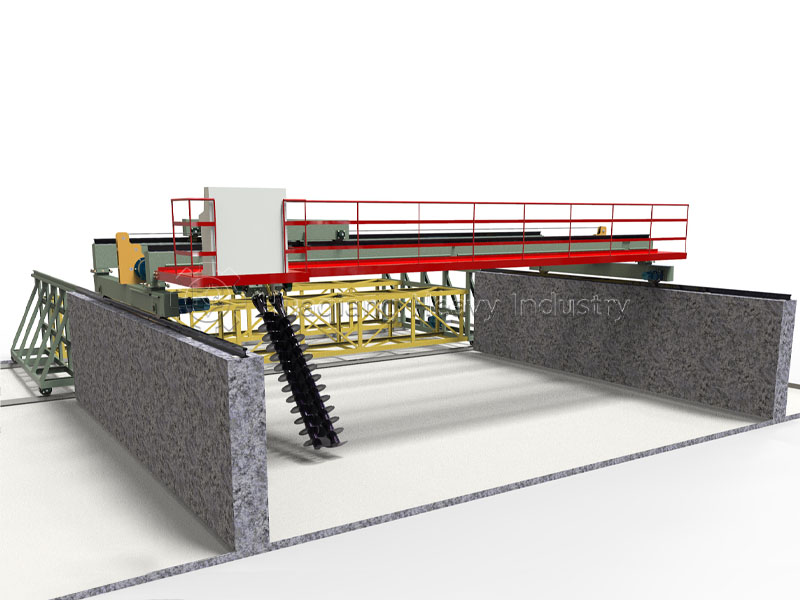Why is the large wheel compost turning machine considered an “accelerator” for efficient organic fertilizer production?
In today’s pursuit of efficient production, the large wheel compost turning machine, with its superior performance, has become an “accelerator” for organic fertilizer manufacturers. Its efficiency advantages are reflected in multiple aspects.
In terms of processing capacity, the equipment utilizes a large wheel structure with a main wheel diameter of 5-10 meters, providing a wide turning coverage area in a single turn. It can process 100-200 tons of material per hour, 3-5 times the capacity of traditional windrow compost turning machines. For example, a base with an annual production capacity of 10,000 tons of organic fertilizer, which previously required multiple units, can now be met by a single large wheel compost turner, significantly improving production efficiency.

In terms of fermentation efficiency, it uses centrifugal force to thoroughly turn the material to a depth of 1.5-2 meters, evenly mixing the upper and lower layers of the material, and maintaining a temperature distribution difference of ≤2°C, thus avoiding uneven fermentation. The equipment also accelerates the contact between materials and air, regulates temperature and humidity, and shortens the fermentation cycle to 20-30 days, nearly half the time of traditional equipment.
Furthermore, the equipment boasts a high degree of automation, with an electronic control system and touchscreen operation, allowing one or two people to operate it, reducing labor input. For organic fertilizer companies seeking efficient production, the large wheel compost turning machine is undoubtedly an ideal choice for enhancing competitiveness.

